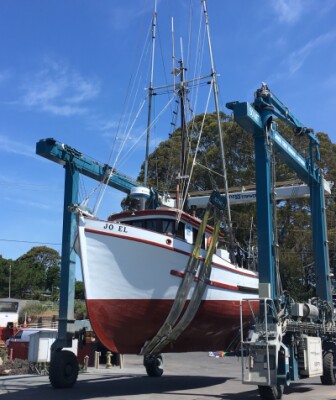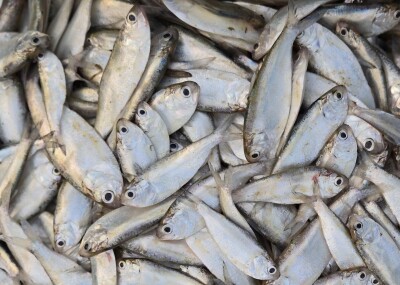In the shallow waters off Elk, in Mendocino County, a crew from the California Department of Fish and Wildlife dived recently to survey the area’s urchin and abalone populations. Instead of slipping beneath a canopy of leafy bull kelp, which normally darkens the ocean floor like a forest, they found a barren landscape like something out of “The Lorax.”
A single large abalone scaled a bare kelp stalk, hunting a scrap to eat, while urchins clustered atop stark gray stone that is normally striped in colorful seaweed.
The plight of urchins, abalones and the kelp forest is just one example of an extensive ongoing disruption of California’s coastal ecosystem — and the fisheries that depend on it — after several years of unusually warm ocean conditions and drought. Earlier this month, The Chronicle reported that scientists have discovered evidence in San Francisco Bay and its estuary of what is being called the planet’s sixth mass extinction, affecting species including chinook salmon and delta smelt.
Baby salmon are dying by the millions in drought-warmed rivers while en route to the ocean. Young oysters are being deformed or killed by ocean acidification. The Pacific sardine population has crashed, and both sardines and squid are migrating to unusual new places. And Dungeness crab was devastated last year by an unprecedented toxic algal bloom that delayed the opening of its season for four months.






